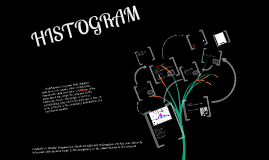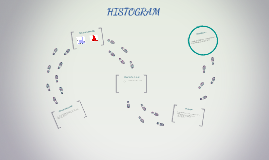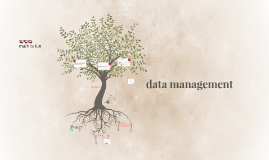histogram
Transcript: for example it would be bias for me to say that all girls in grade 8 are shorter then the boys in grade 8 because i only measured the short grade 8 grils and the really tall grade 8 boys. because yes some grade 8 girls are shorter then the boys. but many are not. A selection taken from a larger group (the "population") so that you can examine it to find out something about the larger group. for example if you only wanted to know what the some grade 8 thought of a movie you would use a sample scatter plot histogram histogram is a graphical display of data using bars of different heights. when a histogram used?a histogram is used when there are rangese and not groups of informationIt is similar to a Bar Chart, but a histogram groups numbers into ranges And you decide what ranges to use examples you would use a histogram when mesuering the hights of all the trees in an orchard because the hights are in ranges the heights vary from 100cm to 340cm,you next put them into categories 100-just below 150,150-just below 200,200-just below 250,250- just below 300,300-just below 350 bias this is a histogram The mean is the average of the numbers: a calculated "central" value of a set of numbers. To calculate: Just add up all the numbers, then divide by how many numbers there are. mode is The number which appears most often in a set of numbers. median is The middle number (in a sorted list of numbers). To find the Median, place the numbers you are given in value order and find the middle number range is the difference between the lowest and highest values A graph of plotted points that show the relationship between two sets of data. for example a local ice cream shop keeps track of how much ice cream is sold in the past 12 days temperature ice cream sales 14.2 215 you would use a scatter plot because the data is 16.4 325 similar so you can use scatter plot and then the 11.9 185 trend line would have all the point close to it. 15.2 332 18.5 406 22.1 522 19.4 412 25.1 614 23.4 544 18.1 421 22.6 445 17.2 408 an official count or survey of a population, typically recording various details of individuals. you would a census when there was a large number of people and when you needed everyone account for your data. for example you might use a census when you want to know what everyone in the school thinks about a movie. population sorces math is fun census A value that "lies outside" (is much smaller or larger than) most of the other values in a set of data. outliers A sample is biased if individuals or groups from the population are not represented in the sample for example mean,mode,median.and range The whole group from which a sample is taken.useing my other example you would use a population if you wanted to know what all the grade 8 thought about a movie data management median example find the Median of {13, 23, 11, 16, 15, 10, 26}. Put them in order: {10, 11, 13, 15, 16, 23, 26}The middle number is 15, so the median is 15.(If there are two middle numbers, you average them.) mode example: in {6, 3, 9, 6, 6, 5, 9, 3} the Mode is 6 (it occurs most often). Example: what is the mean of 2, 7 and 9?Add the numbers: 2 + 7 + 9 = 18Divide by how many numbers (i.e. we added 3 numbers): 18 ÷ 3 = 6 So the Mean is 6 example for range In {4, 6, 9, 3, 7} the lowest value is 3, and the highest is 9, so the range is 9 − 3 = 6.Range can also mean all the output values of a function mode mode mode the most avrage is the mean median median median median always in between sample for example i had a set of data (0,4,6,8,10,12,14,16,18,20,48) the outliers would be 0 and 48 because they are way off the rest of my data so they do not fit in the number range i have.

















